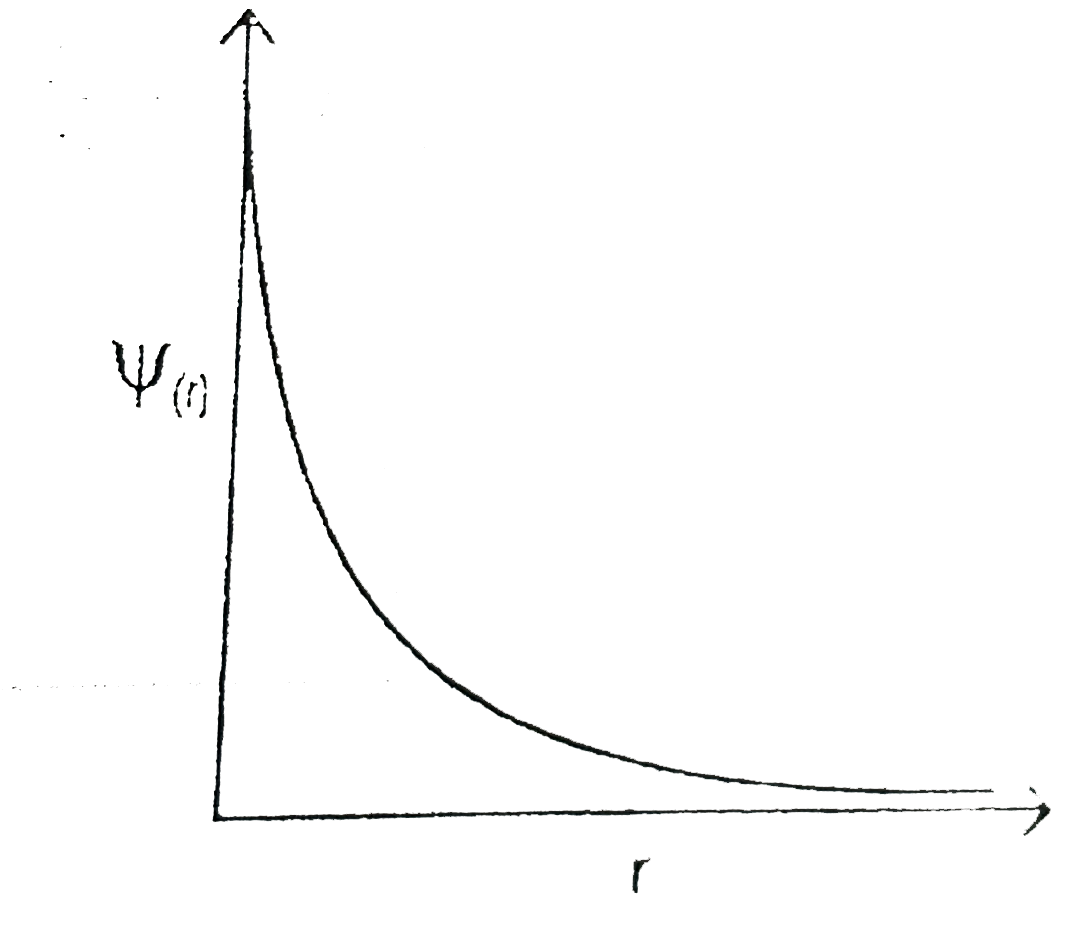Write the values of n and l for 3p orbital.
To find the values of the principal quantum number (n) and the azimuthal quantum number (l) for the 3p orbital, we can follow these steps:
Step 1: Identify the Principal Quantum Number (n)
The principal quantum number (n) indicates the energy level or shell in which the electron resides. In the case of the 3p orbital, the number "3" indicates that the electron is in the third energy level.
Value of n:
- n = 3
Step 2: Identify the Azimuthal Quantum Number (l)
The azimuthal quantum number (l) defines the shape of the orbital and is associated with the subshell. For different types of orbitals, the values of l are as follows:
- s orbital: l = 0
- p orbital: l = 1
- d orbital: l = 2
- f orbital: l = 3
Since we are dealing with a p orbital in the 3p subshell, the value of l for a p orbital is 1.
Value of l:
- l = 1
Final Answer
Thus, for the 3p orbital:
- n = 3
- l = 1
---
The principal quantum number (n) indicates the energy level or shell in which the electron resides. In the case of the 3p orbital, the number "3" indicates that the electron is in the third energy level.
- n = 3
The azimuthal quantum number (l) defines the shape of the orbital and is associated with the subshell. For different types of orbitals, the values of l are as follows:
- s orbital: l = 0
- p orbital: l = 1
- d orbital: l = 2
- f orbital: l = 3
- l = 1
Thus, for the 3p orbital:
- n = 3
- l = 1
Topper's Solved these Questions
- STRUCTURE OF ATOMBOOK - DINESH PUBLICATIONCHAPTER - STRUCTURE OF ATOMEXERCISE - H.O.T.S. Numerical problems
18 Videos
- STRUCTURE OF ATOMBOOK - DINESH PUBLICATIONCHAPTER - STRUCTURE OF ATOMEXERCISE - Value based questions
3 Videos
- STRUCTURE OF ATOMBOOK - DINESH PUBLICATIONCHAPTER - STRUCTURE OF ATOMEXERCISE - H.O.T.S. Conceptual Questions
11 Videos
- STATES OF MATTER : GASES AND LIQUIDSBOOK - DINESH PUBLICATIONCHAPTER - STATES OF MATTER : GASES AND LIQUIDSEXERCISE - Statement Type Question
5 Videos
- SURFACE CHEMISTRYBOOK - DINESH PUBLICATIONCHAPTER - SURFACE CHEMISTRYEXERCISE - Ultimate Prepatarory Package
16 Videos
Similar Questions
Knowledge Check
In an orbital electrons are filled according to Aufbau principle, Pauli's exclusion principle and Hund's rule of maximum muliplicity .
According to Aufbau principal the orbital are filled in order to their increasing energies . In the order of increase of energy of orbitals cna be calculated from (n+l) rule. Lower the value of (n+l) for an orbital the lowest energy hence orbital are filled in order of increasing (n+l) value. If two orbitals have same (n+l) value, the orbital with lower value of 'n' has lower energy hence it is filled first.
According to Pauli's exclusion principle, an orbital can have maximum two electrons with opposite spin.
According to Hunds rule pairing of electron in degenerate orbitals of the same sub shell does not take place until each orbital belonging to that sub shell has got one electron each i.e., singly occupied.
The electron identified by quantum number n & l
(i) n = 4, l = 1 (ii) n = 4, l = 0
( iii) n = 3, l = 2 (iv) n = 3, l = 1
can be placed in order of increasing energy from the lowest to the highest asA(iv)<(ii)<(iii)<(i)B(ii)<(iv)<(i)<(iii)C(i)<(iii)<(ii)<(iv)D(iii)<(i)<(iv)<(ii)In an orbital electrons are filled according to Aufbau principle, Pauli's exclusion principle and Hund's rule of maximum muliplicity .
According to Aufbau principal the orbital are filled in order to their increasing energies . In the order of increase of energy of orbitals cna be calculated from (n+l) rule. Lower the value of (n+l) for an orbital the lowest energy hence orbital are filled in order of increasing (n+l) value. If two orbitals have same (n+l) value, the orbital with lower value of 'n' has lower energy hence it is filled first.
According to Pauli's exclusion principle, an orbital can have maximum two electrons with opposite spin.
According to Hunds rule pairing of electron in degenerate orbitals of the same sub shell does not take place until each orbital belonging to that sub shell has got one electron each i.e., singly occupied.
If n=4, how many element are possible?A20B14C32D16For an orbital the graph between ψ(r) and r (distance from nucles) is :

Find the value of n+l of the orbital.A1B2C3DNone of these
What are the value of n, l and m for 2p-orbitals ?
View SolutionList the values of n and l for the following orbitals:
(a) 3s (b) 4p (c ) 4f (d) 3d
View SolutionWhat are the values of n, l and m for 2px and 3pz orbitals ?
View SolutionWhat are the values of n, l and m for 2px and 3pz orbitals ?
View SolutionAn orbital has only positive values of wave friction at all distnaces from the nucleus. Find th value of (n+l) for this orbital.
View Solution
